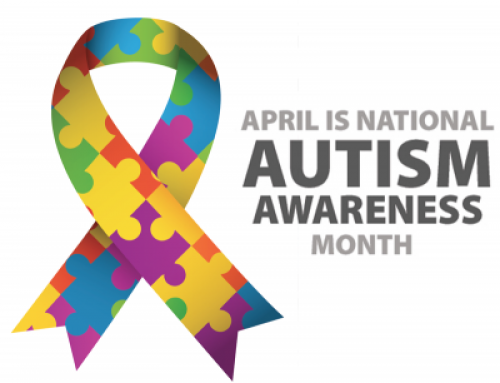Warning signs can often look different in each individual, but with a greater understanding of how suicidality can be presented and what factors contribute to it, only then can effective prevention take place
According to the World Health Organization (WHO), suicide is a prevailing issue affecting regions around the globe. When considering college students, suicide happens to be the second leading cause of death (Assari, 2018). Understanding the signs and risk factors involved with suicidality is essential in the prevention and application of supportive interventions.
The Centre for Addiction and Mental Health (CAMH) identify some key signs of suicide as:
- sudden changes in displays of mood and behaviors
- displaying a sense of hopelessness/helplessness
- lack of hope for the future and trouble seeing purpose in life
- increase in substance use
- changes in appetite
- isolation from family, friends or activities that were once considered enjoyable
- giving away belongings or planning for their death
Emotional markers of suicide include feeling depressed or anxious, anger, shame, humiliation, general lack of interest and mood swings (Smith, 2019). Whereas, with verbal markers, a person might express ideas about killing themselves, or that they may feel they don’t see a purpose in life. An individual may also express that they feel like a burden to others (Smith, 2019). There are also behavioural cues which can be displayed as: decreased communication and contact from friends and family, planning a method or preparing for an attempt (i.e., gathering materials, writing a will or giving away personal items), increased alcohol and drug use/ substance abuse, engaging in reckless behaviours (i.e., driving recklessly) (Smith, 2019).
While warning signs often indicate the beginning of a suicidal crisis, risk factors differ in that they tend to increase the probability a suicidal crisis will occur (Serani, 2017). There is no single cause that can explain or predict the likelihood of suicide from occurring, but rather it is the combination of different factors that can increase the risk of a crisis (Government of Canada, 2016). It is also important to note that just like warning signs, risk factors can vary from individual to individual. Risk factors can be classified as either health, environment or historical factors. Health factors refer to mental or physical conditions, chronic pain, substance abuse disorders, alcohol abuse disorders, sleeping difficulties and a lack of access to adequate healthcare (Serani, 2017). Environmental factors generally refer to experiencing difficulties in life. This can include financial and school difficulties, bullying, harassment, relationship problems. Additionally, it also encompasses factors like the accessibility one has to lethal weapons and how media portrays suicide (Serani, 2017). Lastly, historical factors examine the history of the individual; so, it will look upon items such as previous suicide attempts, familial history of suicide, previous self-harm, hospitalization, long-standing cultural beliefs that instigate suicide (Serani, 2017).
It is equally important to consider the additional factors that exist among college/university students:
- greater academic expectations
- financial challenges
- no guarantee of finding a job
Higher risks occur when illnesses correspond with these college related stressors. Particularly those students who are depressed, have experienced a substance use problem, have made a previous attempt, struggle with trauma (i.e., emotional, physical, sexual abuse) or come from a family history of mood disorders will pose greater risks of suicide attempt (Beresin, 2017).
To understand how certain risk factors operated specifically among college students, a study was conducted on a large sample of college students from the US. The survey examined factors like sexual orientation, financial difficulty, violence victimization, anxiety, depression and drug use. It was found that factors like financial hardship, violence victimization, identifying as gay or lesbian, experiencing anxiety and depression and drug use were related to increases in suicidal behavior (Assari, 2018). The study also found that certain social and psychological factors coincided especially; financial difficulty with anxiety and depression, depression with drug and alcohol use, and problem alcohol use with drug use (Assari, 2018). This research alludes to the notion that in order to understand how risk factors are determined, it must be understood that they coincide with each other rather than acting as an individual force.
Ultimately it is essential to not only understand what the warning signs look like but also what factors can lead to the development of a crisis in order to spread awareness and implement preventative measures. Implementation of support groups on college campuses can not only help students identify triggers but also can guide them to take the necessary steps to help themselves and their fellow peers by reaching out and seeking the help they need.
References:



























